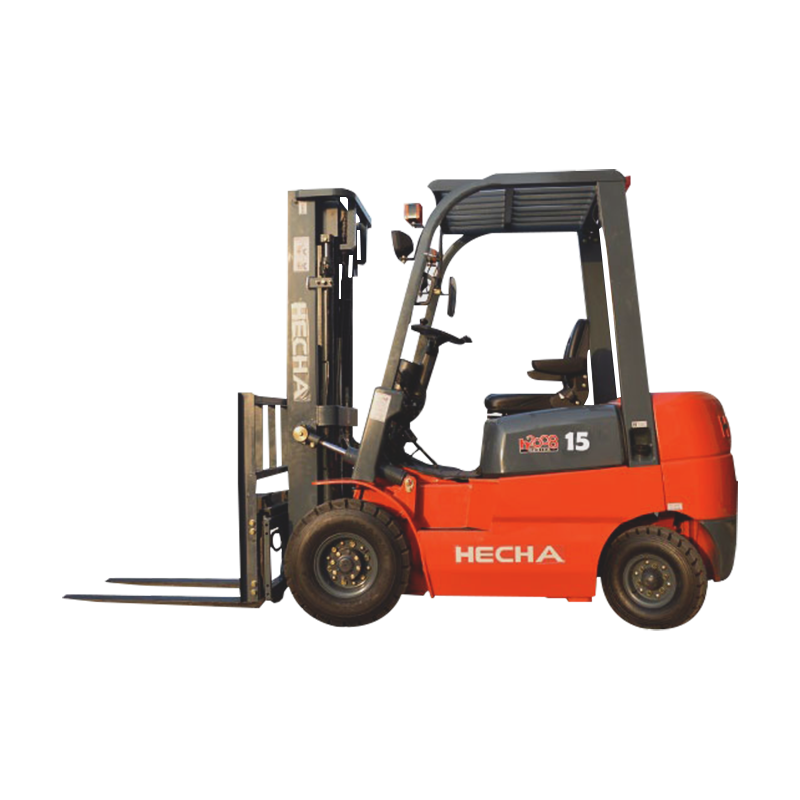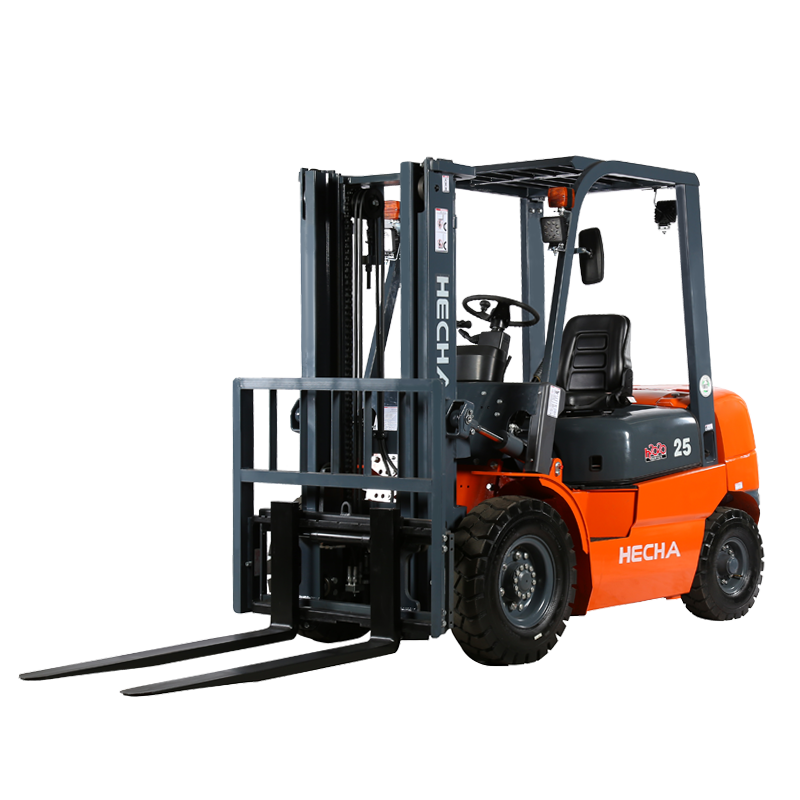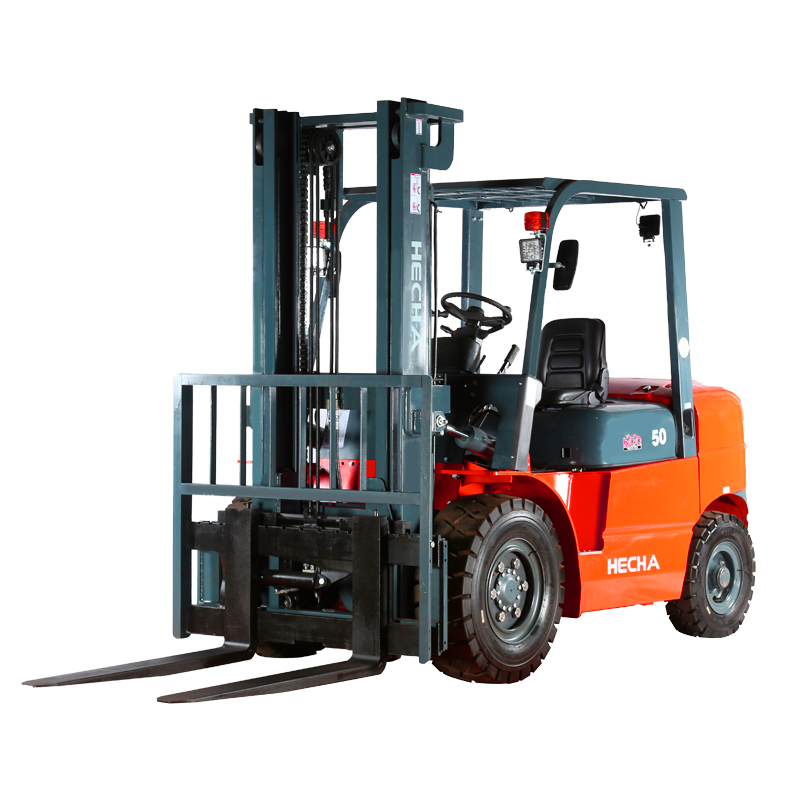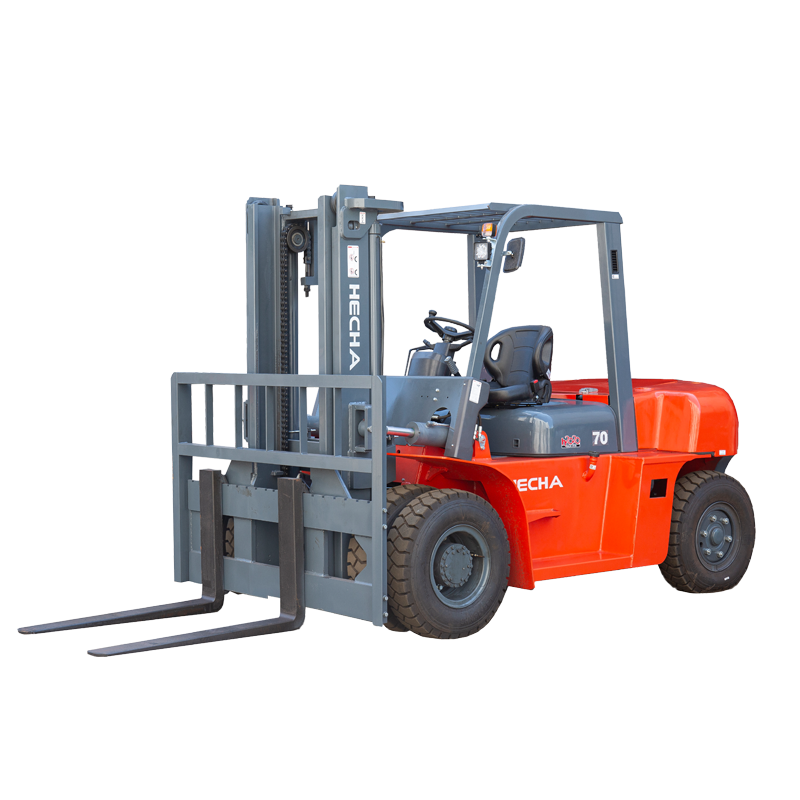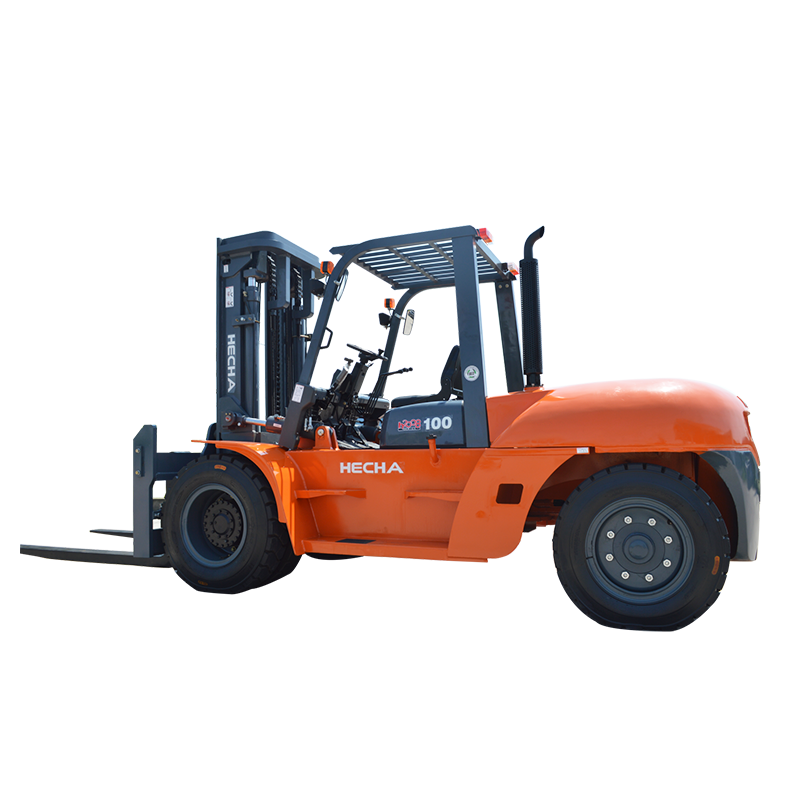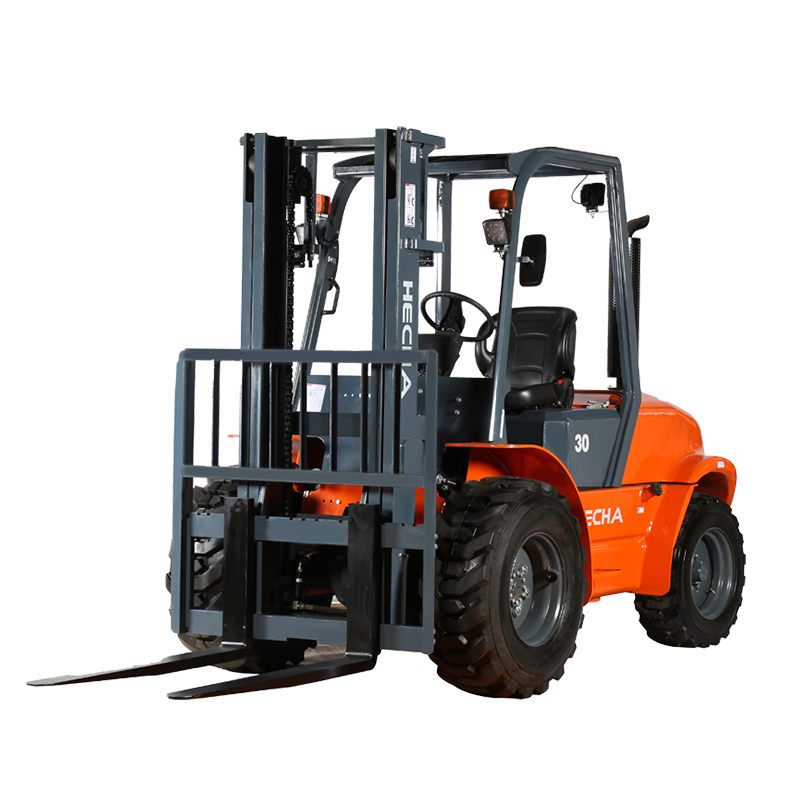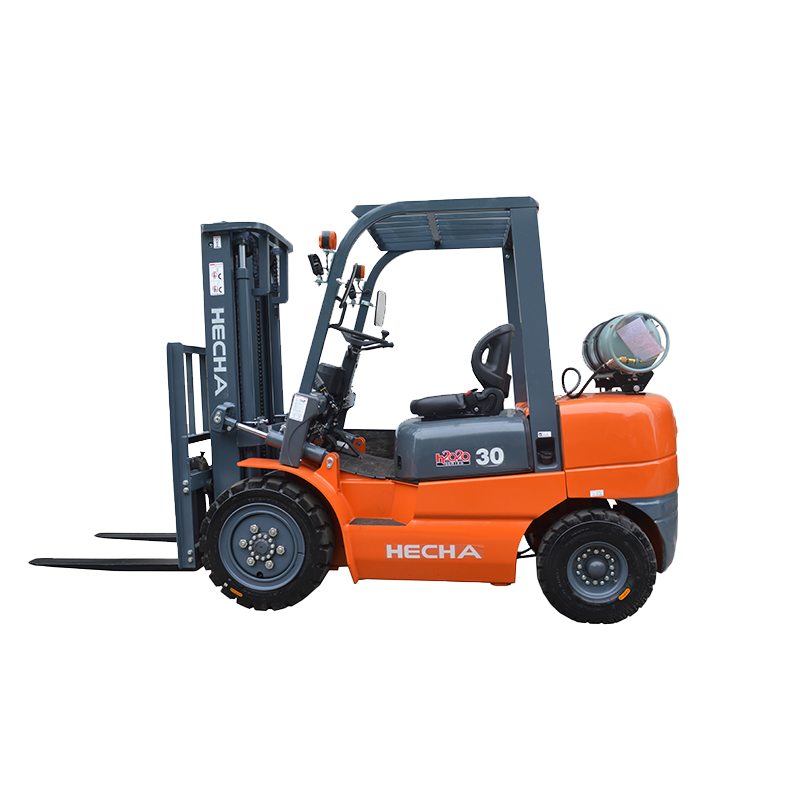Electric walkie pallet trucks are essential material handling tools designed to improve efficiency in warehouses, manufacturing facilities, and logistics operations. Unlike traditional manual pallet jacks, these electrically powered units reduce operator fatigue while increasing productivity.
This article provides a comprehensive overview of electric walkie pallet trucks, covering their functionality, benefits, selection criteria, and maintenance best practices.
1. How Does an Electric Walkie Pallet Truck Work?
An electric walkie pallet truck is a battery-powered machine used to lift and transport palletized loads. It consists of several key components:
Key Components
- Forks: Designed to slide under pallets for lifting and moving.
- Control Handle: Contains buttons or levers for lifting, lowering, and travel control.
- Drive Motor: Powers the movement of the truck.
- Steering Wheel/Tiller Arm: Allows the operator to maneuver the truck.
- Battery: Typically a rechargeable lead-acid or lithium-ion battery that powers the system.
- Load Wheels & Drive Wheels: Support and propel the truck.
Operation Mechanism
- Loading: The forks slide under the pallet.
- Lifting: The operator activates the hydraulic pump via the control handle to raise the load.
- Transporting: The drive motor moves the truck forward or backward while the operator walks alongside it (hence “walkie”).
- Unloading: The forks lower the pallet at the desired location.
Since the truck is electrically powered, it eliminates the need for manual pushing or pulling, making it ideal for long shifts and heavy loads.
2. Key Benefits of Using an Electric Walkie Pallet Truck
Compared to manual pallet jacks, electric walkie pallet trucks offer several advantages:
A. Increased Efficiency
- Faster load movement with minimal effort.
- Consistent performance without operator fatigue.
- Ideal for high-frequency operations in warehouses and distribution centers.
B. Improved Ergonomics & Safety
- Reduces strain on workers by eliminating manual pushing/pulling.
- Some models feature adjustable speed controls for better handling.
- Built-in safety mechanisms, such as automatic braking and emergency stop buttons.
C. Cost-Effectiveness
- Lower labor costs due to higher productivity.
- Reduced risk of workplace injuries, leading to fewer compensation claims.
- Long-term savings compared to fuel-powered alternatives.
D. Environmental Benefits
- Zero emissions during operation (unlike internal combustion forklifts).
- Energy-efficient motors and regenerative braking in some models.
- Rechargeable batteries reduce waste compared to disposable power sources.
3. What to Consider When Choosing an Electric Walkie Pallet Truck?
Selecting the right electric walkie pallet truck depends on several factors:
A. Load Capacity Requirements
- Standard models typically handle 2,000–5,500 lbs (900–2,500 kg).
- Ensure the chosen model exceeds your maximum expected load to avoid overloading.
B. Battery Type & Runtime
| Battery Type | Pros | Cons |
|---|---|---|
| Lead-Acid | Lower upfront cost, widely available | Heavier, requires regular maintenance |
| Lithium-Ion | Longer lifespan, faster charging | Higher initial investment |
- Consider battery runtime (typically 4–8 hours per charge) and charging time.
C. Maneuverability & Workspace Conditions
- Tight spaces? Look for compact models with a short turning radius.
- Outdoor use? Ensure the truck has durable tires suitable for rough surfaces.
- High traffic areas? Opt for models with enhanced visibility (e.g., LED lights).
D. Additional Features
- Height-adjustable tiller for operator comfort.
- Horn or warning signals for safety in busy environments.
- Load weight indicator to prevent overloading.
4. Maintenance and Safety Best Practices
Proper maintenance extends the lifespan of an electric walkie pallet truck and ensures safe operation.
A. Routine Maintenance Checklist
- Battery Care:
- Keep terminals clean and free of corrosion.
- Recharge after use and avoid deep discharges.
- Fork Inspection:
- Check for cracks or deformations.
- Ensure smooth lifting/lowering without jerking.
- Wheel & Tire Condition:
- Inspect for wear and proper inflation (if pneumatic).
- Remove debris stuck in wheels.
- Hydraulic System:
- Monitor fluid levels and check for leaks.
B. Safety Guidelines for Operators
- Pre-Operation Checks:
- Verify brakes, controls, and alarms are functional.
- Ensure the load is stable before lifting.
- Safe Handling:
- Avoid sudden stops or sharp turns.
- Keep hands and feet clear of moving parts.
- Battery Safety:
- Charge in a well-ventilated area.
- Follow manufacturer guidelines for battery replacement.
C. Training Requirements
- Operators should receive formal training on:
- Proper load handling techniques.
- Emergency procedures (e.g., what to do if the truck tips).
- Battery maintenance and charging protocols.
Electric walkie pallet trucks are indispensable in modern logistics, offering efficiency, safety, and cost savings. Understanding their operation, benefits, selection criteria, and maintenance requirements ensures optimal performance and longevity.
By choosing the right model and following best practices, businesses can enhance productivity while minimizing operational risks. Whether in a warehouse, retail environment, or manufacturing plant, an electric walkie pallet truck is a smart investment for streamlined material handling.

 English
English 中文简体
中文简体 русский
русский Français
Français Español
Español

